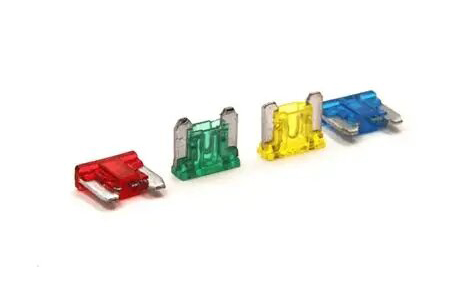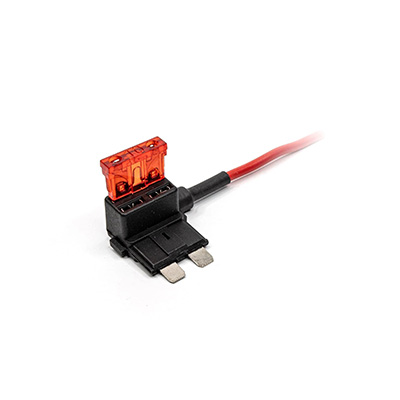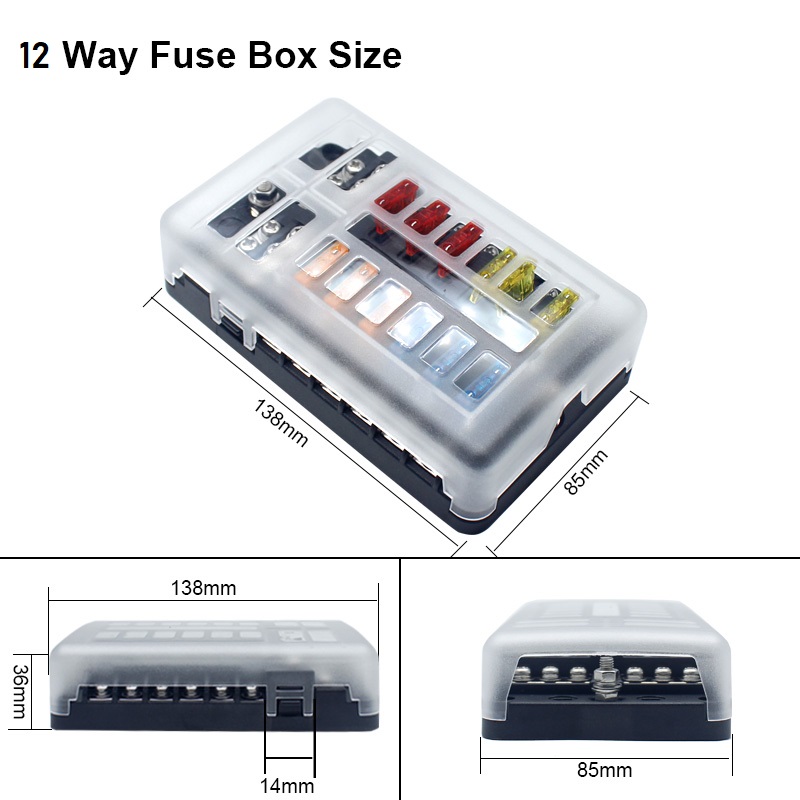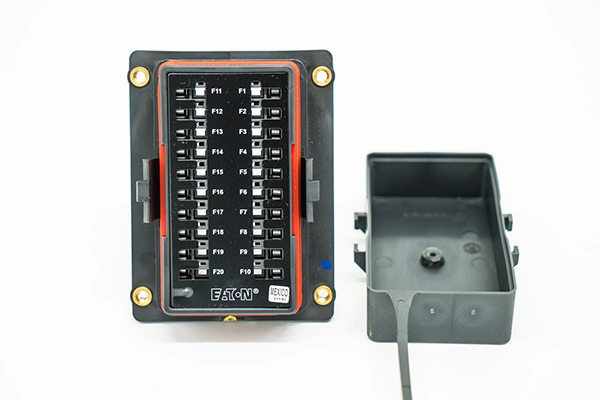Step-by-Step Guide to Automotive Fuse Replacement
News 2025-09-29
Car fuses are vital safety components in automotive electrical systems, designed to protect circuits from overloads and short circuits by breaking the connection when current exceeds safe levels. They are widely used in various applications, such as safeguarding headlights, audio systems, and power accessories. The key performance advantage is their simplicity and cost-effectiveness, allowing quick fixes that restore vehicle functionality and prevent potential fires or damage. This makes fuse replacement an essential skill for any car owner, enhancing reliability and safety on the road.

Safety Precautions: Before starting any fuse replacement, ensure personal safety by disconnecting the vehicle’s battery or turning off the ignition to avoid electrical shocks. Work in a well-lit, dry area and use insulated tools to handle components. Always refer to the owner’s manual for specific warnings, as mishandling can lead to injury or further damage. These steps not only protect you but also maintain the integrity of the electrical system, emphasizing the importance of caution in automotive maintenance.
Identifying the Faulty Fuse: To begin, locate the fuse box, typically found under the dashboard or in the engine compartment, using the vehicle’s diagram for guidance. Inspect fuses for visible signs of failure, such as a melted filament or discoloration. For accuracy, use a multimeter to test continuity; a good fuse will show low resistance, while a blown one indicates an open circuit. This process highlights the fuse’s role in specific circuits, ensuring you address the correct issue and leverage their performance in targeted protection.
Replacement Procedure: With the faulty fuse identified, carefully remove it using a fuse puller or pliers to avoid damaging the holder. Select a replacement with the identical amperage rating to preserve system safety and performance. Insert the new fuse securely and reconnect the battery, then test the circuit to confirm functionality. This method underscores the ease of fuse replacement, offering quick restoration of electrical systems and demonstrating their advantage in minimizing downtime and repair costs.


